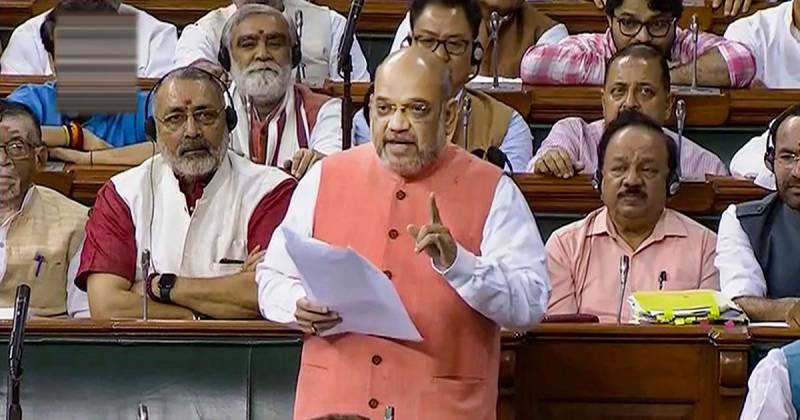Fact Check: Is Hindu population decreasing in Pakistan and Bangladesh?
By Satya Priya BN
Hyderabad: After passing through both houses of the parliament, the Citizenship Amendment Bill became a law after the President of India Ram Nath Kovind cleared it. The Citizenship Act makes it easier for non-Muslim immigrants, who illegally moved to India before 2014 from Pakistan, Bangladesh and Afghanistan to become citizens of India.
While promoting this Act, Union Home Minister Amit Shah stated that during Independence, 23% of Pakistan's population was Non-Muslims, and now it is a meagre 3.7%. In Bangladesh, the non-Muslim population was about 22% in 1947, whereas it fell to 7.8% in 2011.
According to Pakistan census, after a drastic decrease in the non-Muslim population during the partition, it has been going steady at 1.5 to 2 %. In 1998, 2.1 million Hindus were in the country. In 2017, though Pakistan's population rose to 207 million, the Hindus remained stable at 3 million.
Meanwhile, in Bangladesh, the non-Muslim population fell from 22% in 1951 to 8% in 2011. Bangladesh was declared an independent nation in 1971, after which it became a secular nation until 1988. It was declared an Islamic country in 1988. A long legal fight to stop this proved unsuccessful, and in 2016, Bangladesh officially became an Islamic country by its highest authoritative court. The Hindu population in Bangladesh reduced immensely after the partition and the 1971 war.
In Afghanistan, the population of the non-Muslim community, i.e. Hindus, Sikhs, Bahais, and Christians together constitutes a meagre 0.3 % of the population. In 2018, the country consisted of only 700 Hindus and Sikhs in total.
Religious minorities have been living in painful conditions in these countries. They may face persecution, rapes and forced conversions. However, each country's census indicates that the conditions in all three countries are not the same.
Therefore, the claim is PARTLY TRUE.